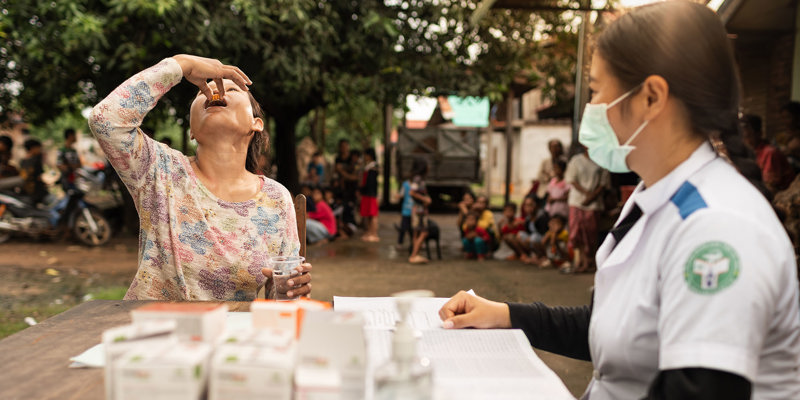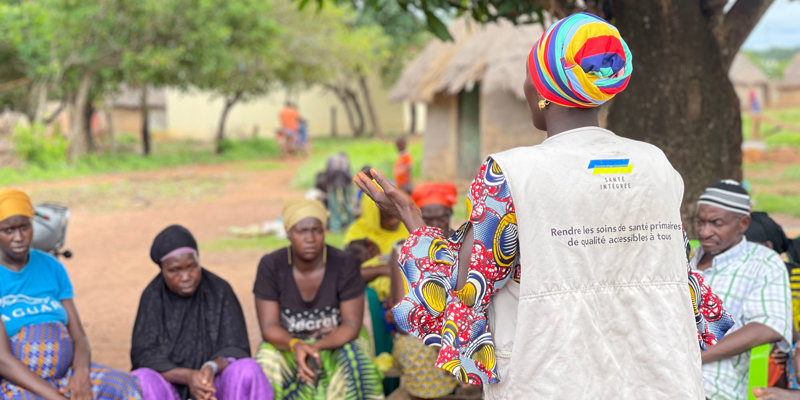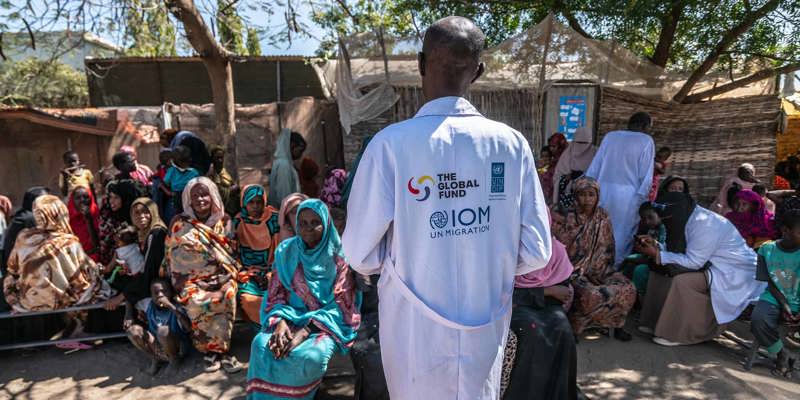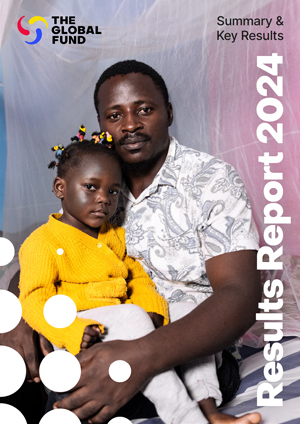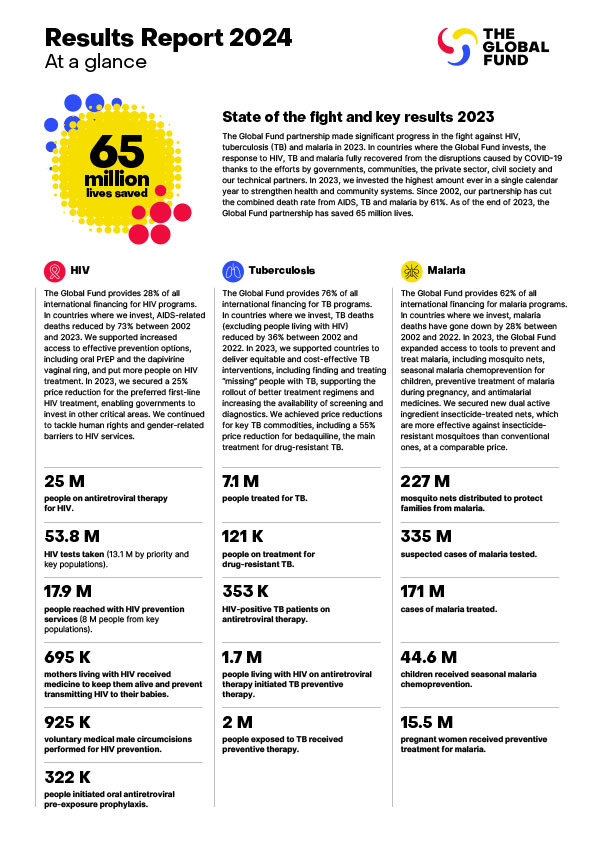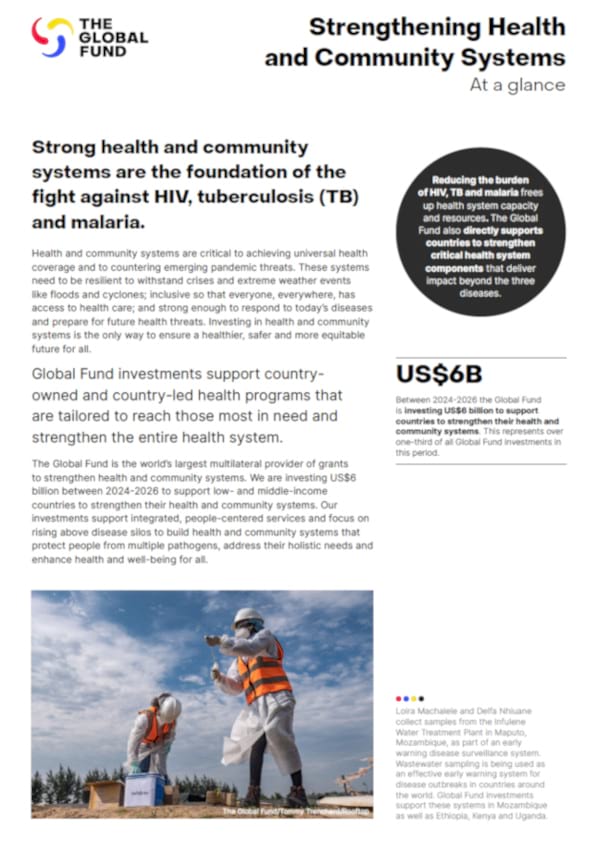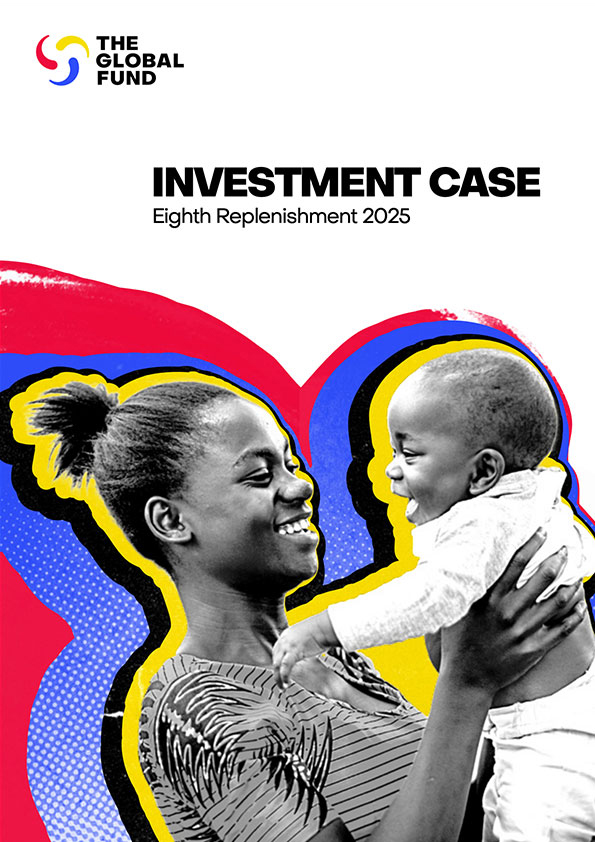2.8 million people on AIDS treatment through Global Fund investments
08 June 2010
7 Million People Treated for TB 122 Million Bed Nets Distributed for Malaria
Geneva – The Global Fund to Fight AIDS, Tuberculosis and Malaria today announced its mid-year results which show that 2.8 million people with HIV have received life-saving antiretroviral (ARV) treatment, a 22 percent increase on results reported in June 2009.
Global Fund-supported tuberculosis programs have so far provided 7 million people with effective TB drugs treatment. This is a 30 percent increase from mid-2009. Tuberculosis remains the leading cause of death among people infected with HIV; the World Health Organization estimating that one in four TB deaths worldwide is HIV-related.
The Global Fund also reported progress in the fight against malaria, with a cumulative total of 122 million insecticide-treated bed nets delivered through its funded programs to families at risk of contracting the disease. This is a rise of 39 percent from 88 million nets distributed one year ago.
| Global Fund results – June 2010 | mid 2010 | mid 2009 | % increase |
| Number of people currently receiving ARVs | 2.8m | 2.3m | 22% |
| New smear-positive TB cases detected and treated | 7m | 5.4m | 30% |
| Nets distributed (ITNs and LLINs) | 122m | 88m | 39% |
| ITN: Insecticide-treated net, LLIN: Long-lasting insecticidal net | |||
As a result, 5.7 million lives have been saved. These are people who would have been dead, had it not been for interventions supported by the Global Fund. According to this calculation, every day, another 4,000 deaths are averted. With more than US$ 10 billion disbursed to more than 500 grants so far, the Global Fund currently provides around one-fifth of international resources to fight AIDS, as well as 63 percent of international funding to fight tuberculosis and 60 percent of international funding to fight malaria.
“In less than a decade, the Global Fund has gone from an idea to a highly efficient tool to turn donor resources into lives saved,” said Prof. Michel Kazatchkine, Executive Director of the Global Fund. “We have made dramatic progress. No other area of development has seen such a rapid correlation between investment and desired results and impact as has been produced by the efforts of recent years to fight AIDS, TB and malaria. Every dollar contributed to the Global Fund goes to fund programs in countries. If donors provide sufficient resources, by 2015 we could virtually eliminate transmission of HIV from mother to child, dramatically reduce deaths from AIDS and prevent missions of new HIV infections, and achieve significant declines in TB prevalence and mortality.”
Additional results showed that a total of 2.3 billion condoms have been distributed; 930,000 HIV-positive pregnant women have received a complete course of ARV prophylaxis to reduce mother-to-child transmission; 120 million HIV counseling and testing sessions have been conducted and 4.9 million basic care and support services have been provided to AIDS orphans and vulnerable children since the Global Fund started financing grants in 2003.
The results reported today combine data from individual programs supported by the Global Fund in 144 countries. Measuring performance is at the core of the Global Fund’s financing system which only disburses money based on progress in reaching agreed targets. The quality of the data is assured through the work of the Global Fund’s verifying agency in each country and independent data and systems reviews.
In October 2010, UN Secretary-General Ban Ki-moon will chair a meeting of the Global Fund’s donors where they will pledge resources for the period 2011 to 2013. The Global Fund assesses that it will need between US$17 billion and US$20 billion to respond to demand from developing countries for resources to fight the three diseases during the coming three years.
In May 2010 the Global Fund launched its tenth call for proposals from countries. Applicants may submit proposals until 20 August 2010. The Global Fund Board is expected to approve successful applications for this round in December 2010 at its 22nd Meeting -- initially for a two-year period, with an option to renew funding for a second three-year phase if the programs achieve targets.

